TOBYHANNA ARMY DEPOT, PA. - A Tobyhanna industrial shop and the Recycling Program will reap the benefits of a new method for collecting and handling metal chips.
The installation of the Kurt Chipmunk metal compactor will streamline processes for recycling curled shavings of aluminum scrap metal generated in the Systems Integration and Support Directorate's Machining Branch. By using the machine, employees are able to reduce material handling time and shop costs, free floor space, increase recycling sales and benefit the environment. The compactor compresses the aluminum chips into bars which will be sold through the Recycling Program.
Annual savings are expected to reach $65,000, usable floor space will increase by 288 square feet and employee handling time will be reduced by 564 hours. The machine shop will also save thousands of dollars by reusing oils collected from the compressed chips. The machine removes up to 98 percent of oils that adhere to the aluminum during the cutting process.
"I think this new chip compactor is a great asset to the shop and Tobyhanna," said Shane Leblond, machine tool operator and third shift work leader. "It's a safer way to recycle our aluminum and now we can recycle the coolant used in the machines. Plus, the work area is leaner and cleaner; no more [55-gallon] barrels cluttering up the floor."
On average, the machine shop would produce enough metal chips to fill more than 120 drums each month. As part of the old recycling process, the shop had to rely on other organizations to rotate the empty and full drums from the work area to the recycling center and vendor. Now employees dump the collected chips directly into the compactor vs. storing them in drums.
The compactor can reduce 20 drums of loose chips to a one-cubic-yard hopper of compressed aluminum bars. The bars are then transferred to a container that is emptied by a local recycler. Compacting the chips and selling them to recyclers as bars will increase the sale price from about $26,000 to $77,000 annually, according to Lauren Pond, recycling coordinator.
"Compacting loose chips into bars yields more than six times the volume and weight of material per load," Pond said. "Plus, the oils are squeezed out through compaction and collected for reuse." The coolant goes through a process called decanting, which filters it for reuse, eliminating waste.
Early last year a branch employee submitted a suggestion to the Environmental Division detailing a way to simplify a cumbersome process.
"The idea came from the job we do," said Charlie Leek, machinist and second shift leader. "We were filling up to seven drums in an eight-hour shift. That's a lot of barrels to move every day and a waste of floor space we didn't have to spare. The compactor will make our job easier," he said.
There are six people trained to operate the compactor with additional training planned for Public Works Directorate employees tasked with the upkeep and maintenance of the machine. Eventually everyone in the shop will learn how to operate the Chipmunk, according to Ziggy Pieszala, branch chief.
"Everyone seems happy with the new compactor," said Pieszala. "Implementing the new processes has already made the shop a safer work environment for the employees." As with all new technology, branch personnel have been tasked with developing a standard of work document to address issues such as safety and industrial hygiene.
Tobyhanna purchased the Chipmunk with recycling program funds. The machine was delivered to the shop and placed in its location Jan. 23.
Tobyhanna Army Depot is the Defense Department's largest center for the repair, overhaul and fabrication of a wide variety of electronics systems and components, from tactical field radios to the ground terminals for the defense satellite communications network. Tobyhanna's missions support all branches of the Armed Forces.
About 5,600 personnel are employed at Tobyhanna, which is located in the Pocono Mountains of northeastern Pennsylvania.
Tobyhanna Army Depot is part of the U.S. Army CECOM Life Cycle Management Command. Headquartered at Fort Monmouth, N.J., the command's mission is to research, develop, acquire, field and sustain communications, command, control computer, intelligence, electronic warfare and sensors capabilities for the Armed Forces.
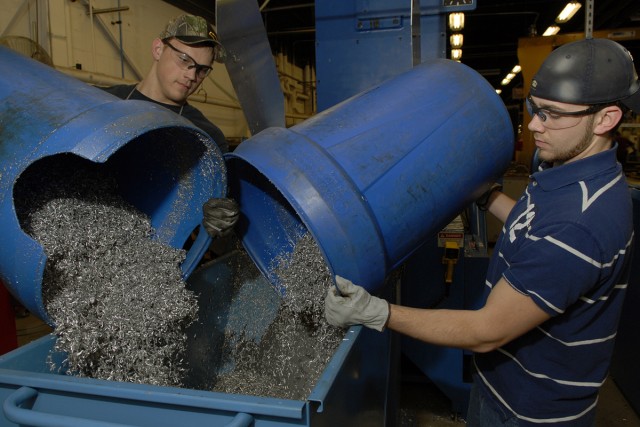
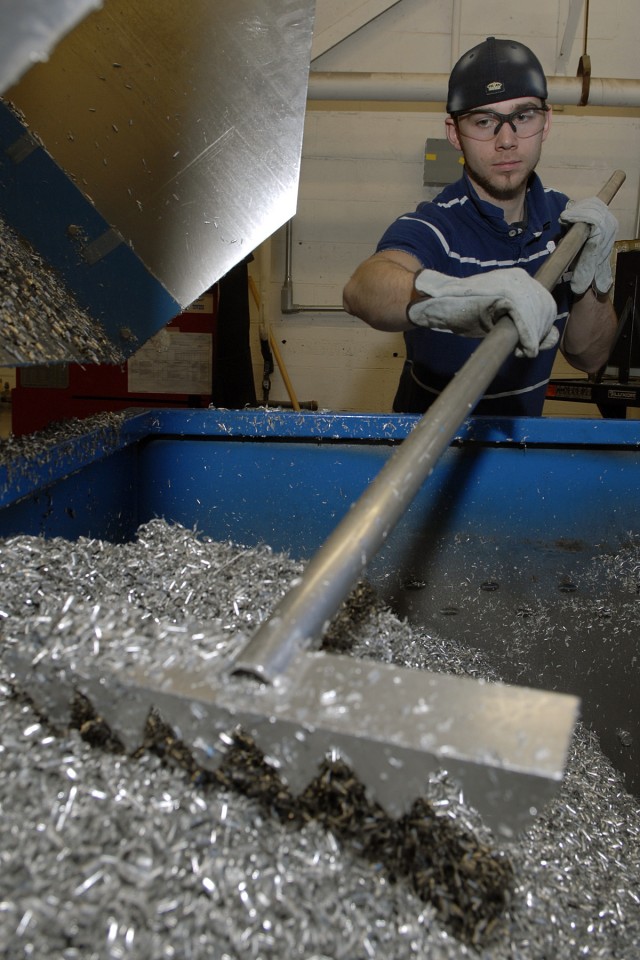
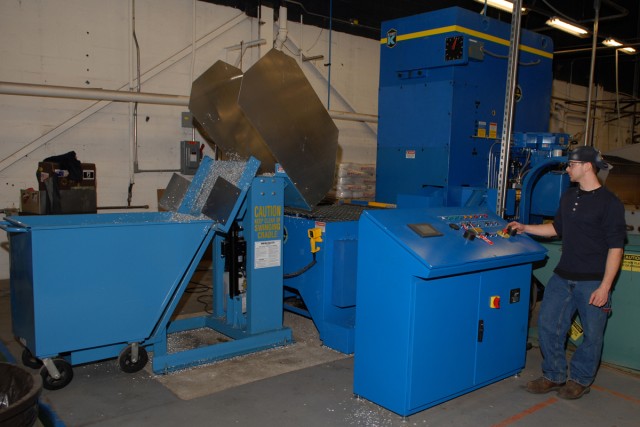
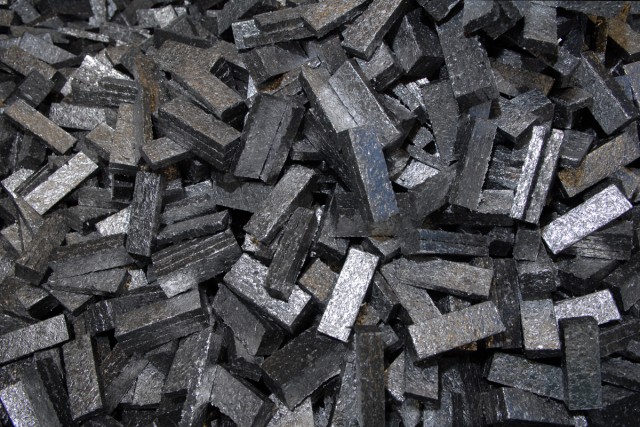
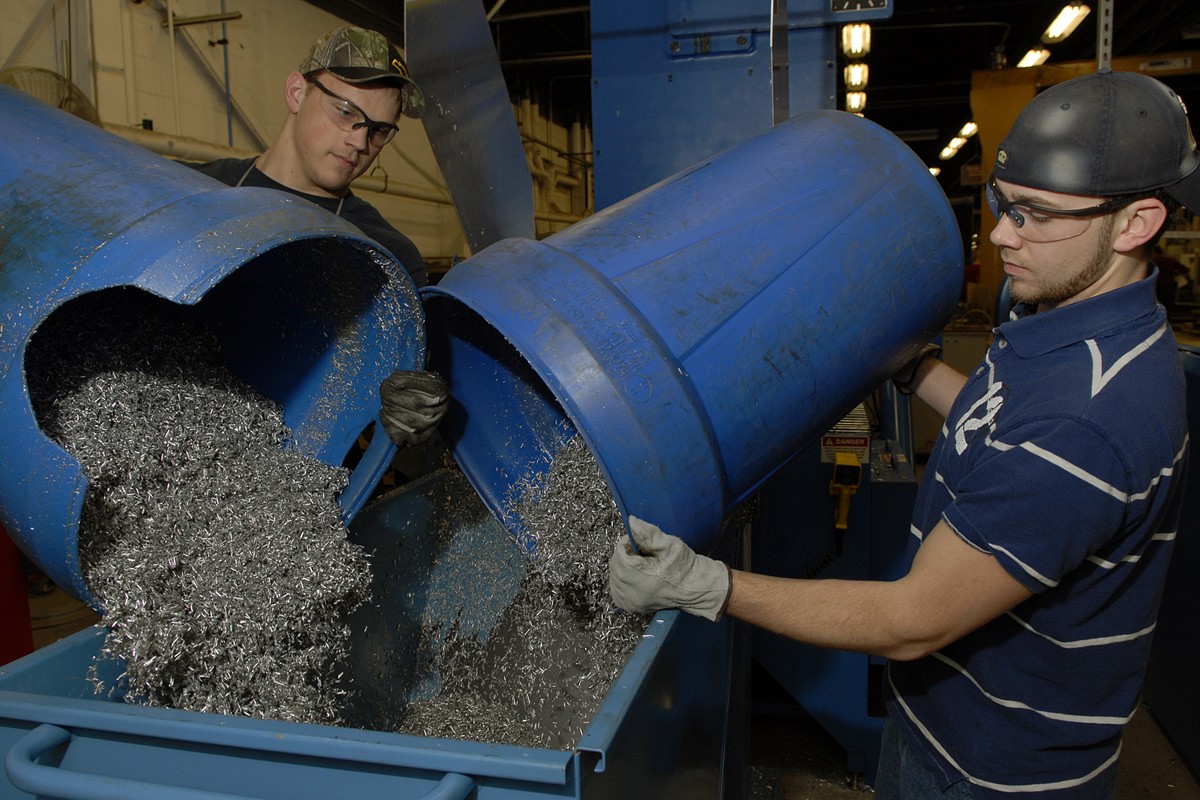
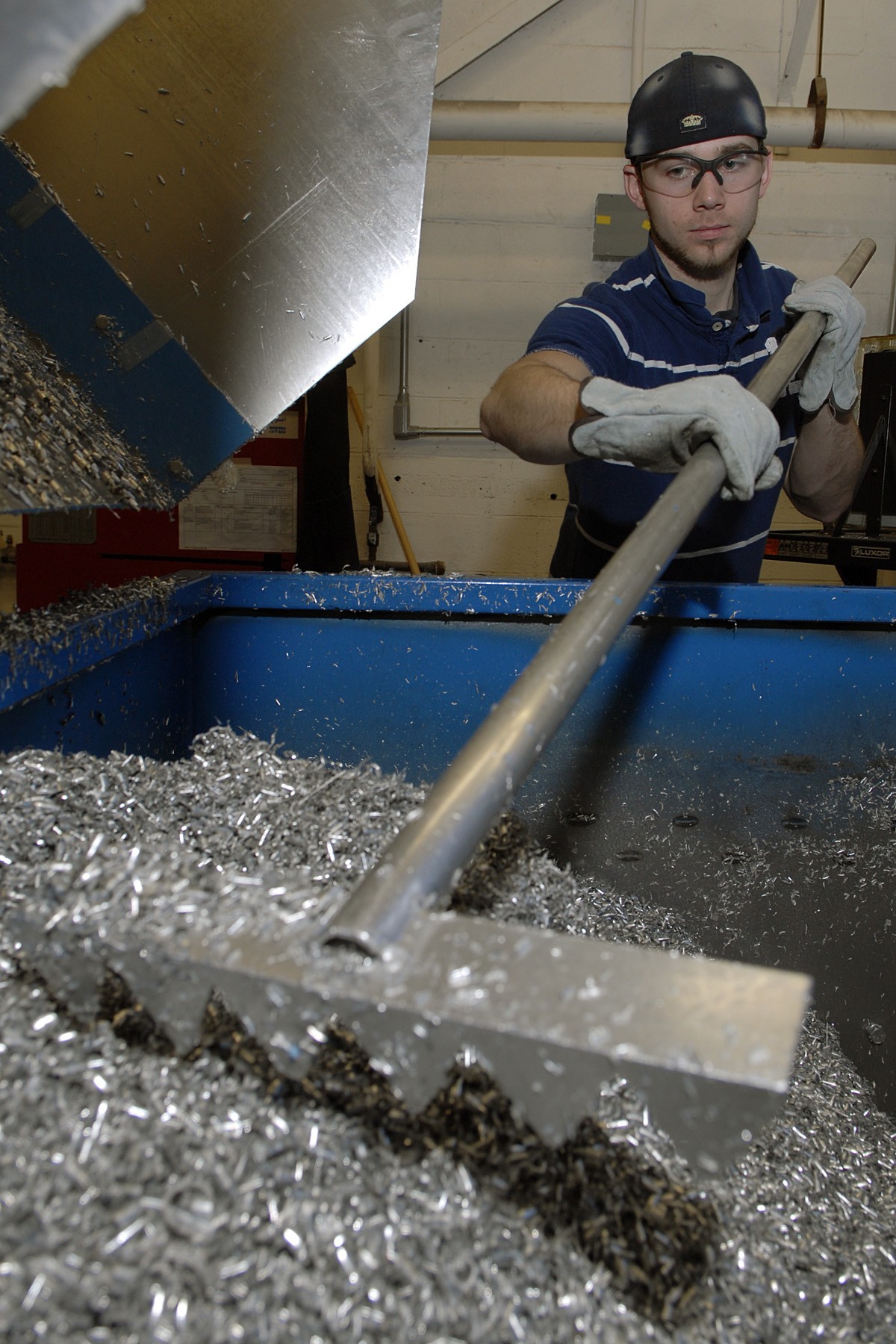
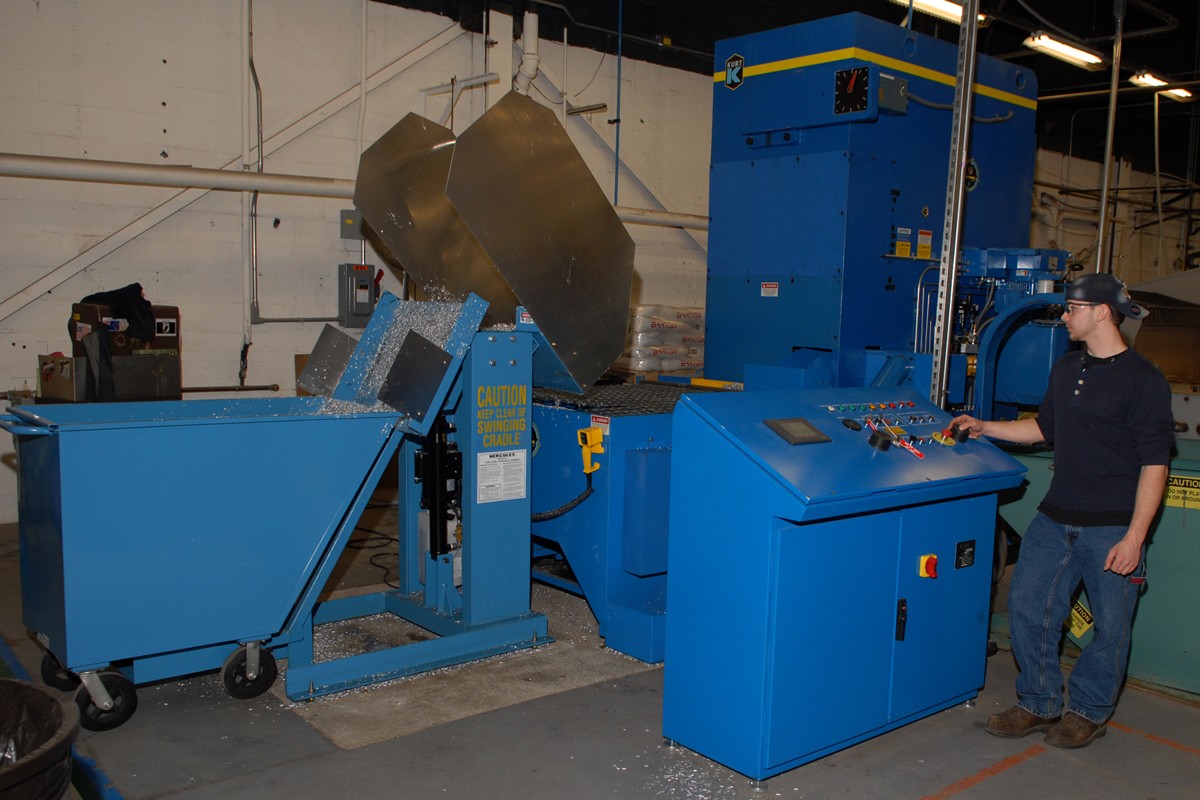
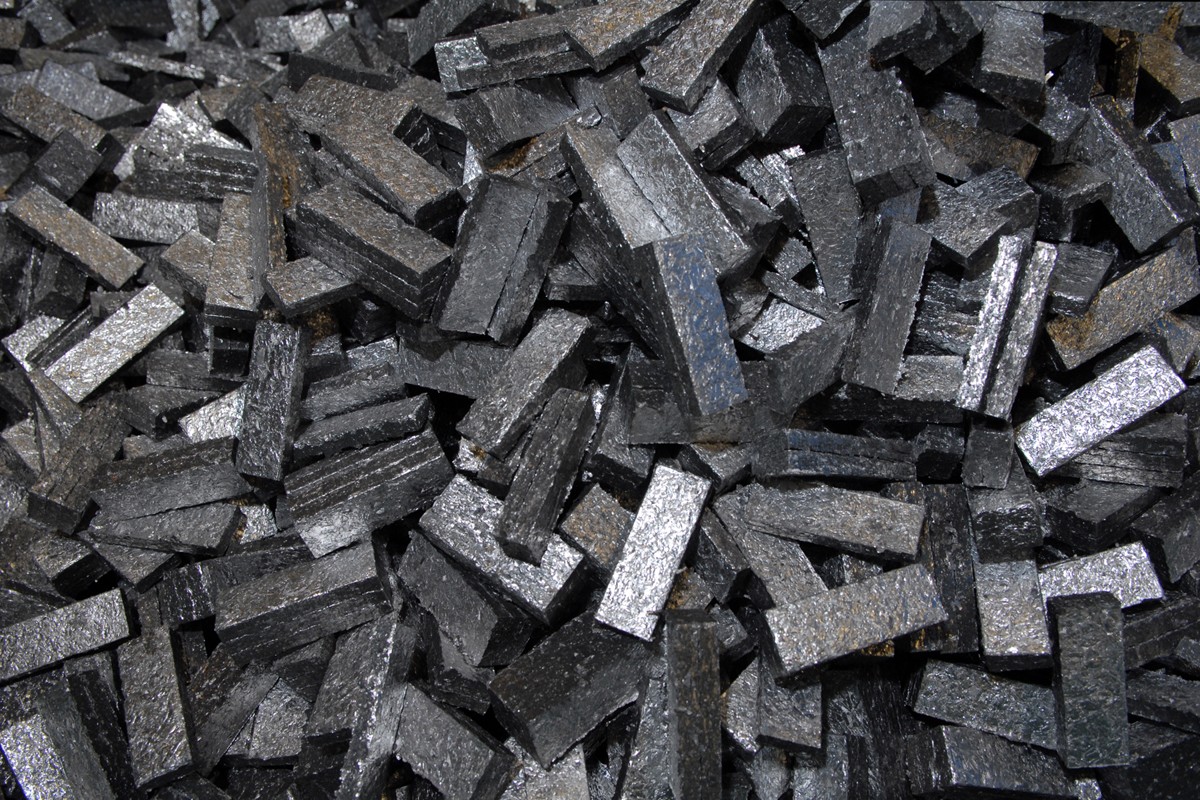
Social Sharing